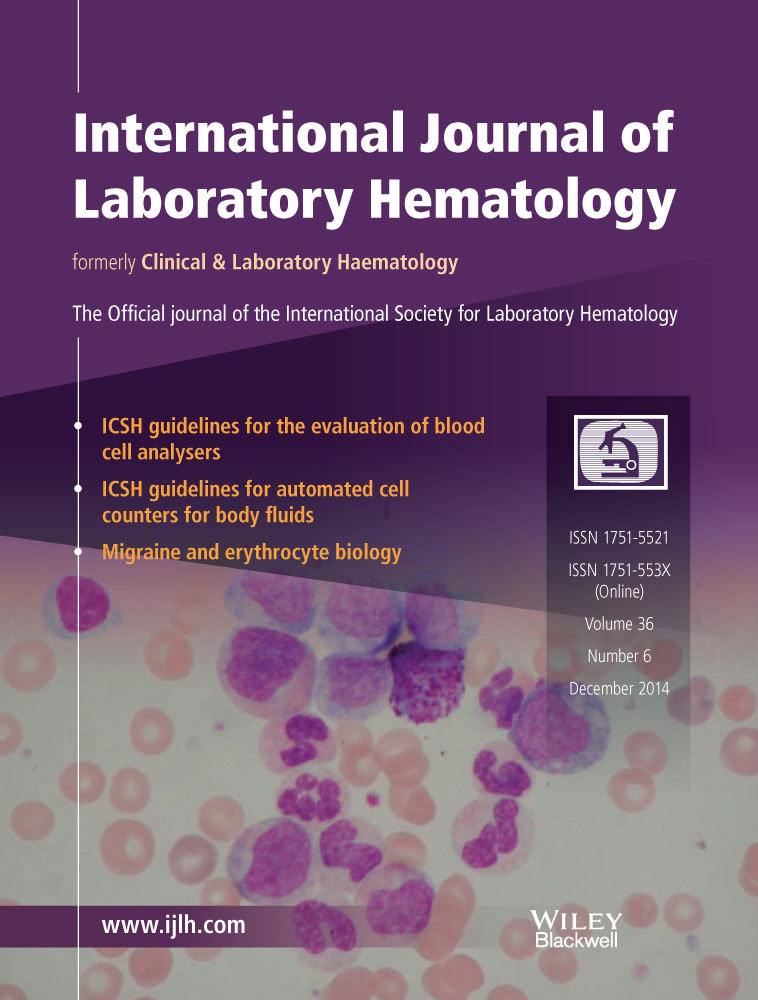CD14+ HLA-DR low/− monocytes as indicator of disease aggressiveness in B-cell non-Hodgkin lymphoma
Summary
Introduction
This study aimed to assess the correlation between the percentage of CD14+ HLA-DRlow/− immunosuppressive monocytes, plasma arginase 1 level, and disease aggressiveness in patients with B-cell non-Hodgkin lymphoma.
Methods
Forty-two patients with B-cell non-Hodgkin lymphoma and 20 healthy volunteers were enrolled in this study. Peripheral blood CD14+ HLA-DRlow/– monocytes were detected by Flow cytometry, and their correlation with disease relapse and refractoriness was analyzed.
Results
The percent of CD14+ HLA-DRlow/− monocytes was significantly higher in the lymphoma patients than in the healthy controls (control, 9.3 ± 4%; lymphoma, 35.8 ± 20.2%; P < 0.0001), higher in stage III& IV than stage II (stage II, 26.48 ± 17%, n = 26; stage III & IV, 50.8 ± 15.4%, n = 16; P < 0.0001), more in diffuse large cell lymphoma than other pathology types and in relapsed/refractory patients than in patients who achieved remission during follow-up (relapsed/refractory, n = 18, 45.7 ± 16.7%; remission, n = 16, 21.4 ± 16.2%; P < 0.0001). The arginase I level correlated with increased percent of CD14+ HLA-DRlow/− monocytes (P < 0.0001).
Conclusion
Increased CD14+ monocytes with loss of HLA expression were seen in patients with higher stage disease, more aggressive pathology, and in relapse or refractoriness to treatment. Identifying therapeutic strategies to overcome the suppressive properties of these monocytes could be of value.




